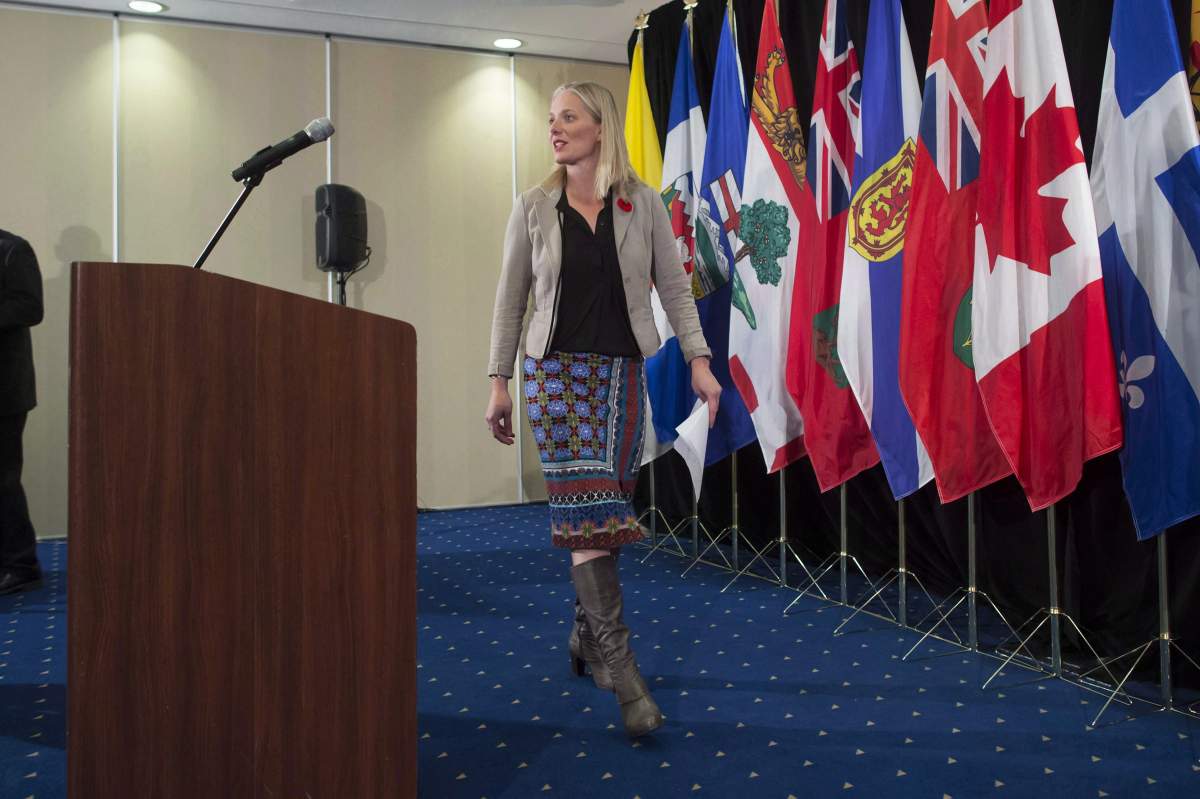Environment Minister Catherine McKenna says an amendment to the Montreal Protocol has been signed that will lower the levels of a type of greenhouse gas that warms the planet even more quickly than carbon dioxide.

READ MORE: Industrial distributor fined $500,000 for violating ban on ozone-depleting products
McKenna said in a statement Monday implementing the Kigali Amendment could avoid up to 0.5 degrees Celsius of warming by the end of the century.
READ MORE: 2016 Antarctic ozone hole grows before beginning recovery
The objective of the amendment is to reduce the levels of hydrofluorocarbons, which are used in products such as refrigerators, air conditioners and aerosols.
It is scheduled to take effect in January 2019.
WATCH BELOW: The ozone hole grew to about 23 million square kilometers in 2016 before beginning its recovery.

McKenna and former prime minister Brian Mulroney were in Montreal Monday to mark the 30th anniversary of the Montreal Protocol, which was aimed at protecting the Earth’s ozone layer.

Get breaking National news
The Montreal Protocol was an international agreement signed in the city on Sept. 16, 1987 to phase out the use of chemicals being blamed for destroying the ozone layer.
Since it took effect in 1989, it has led to a drastic reduction in the production of chlorofluorocarbons, or CFCs, which were commonly found in products including refrigerators and aerosol sprays.
READ MORE: Ozone hole finally beginning to heal, study finds
It has been revised on several occasions and currently has almost 200 signatories.
The Canadian government has hailed the agreement as a successful example of international co-operation and credited it with eliminating over 99 per cent of substances that were thinning the earth’s protective layer.
READ MORE: The ozone hole is still there, and this year bigger than previous years
Mulroney was prime minister at the time.








Comments